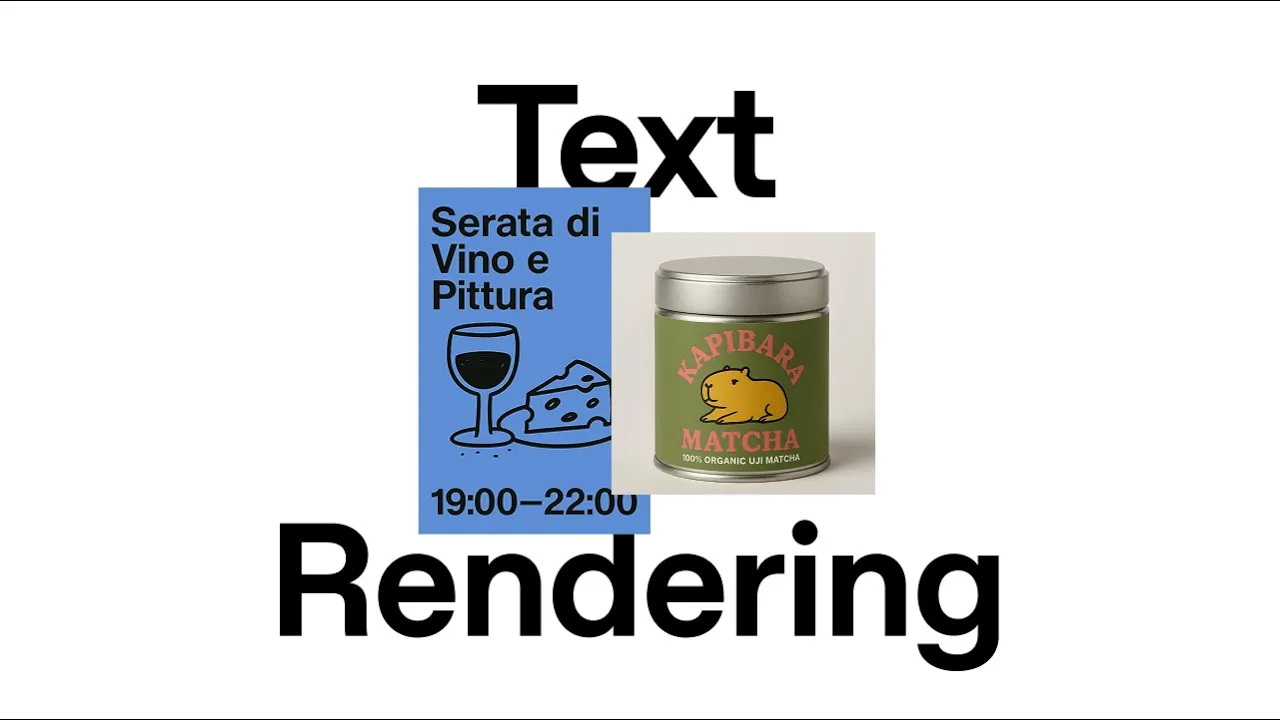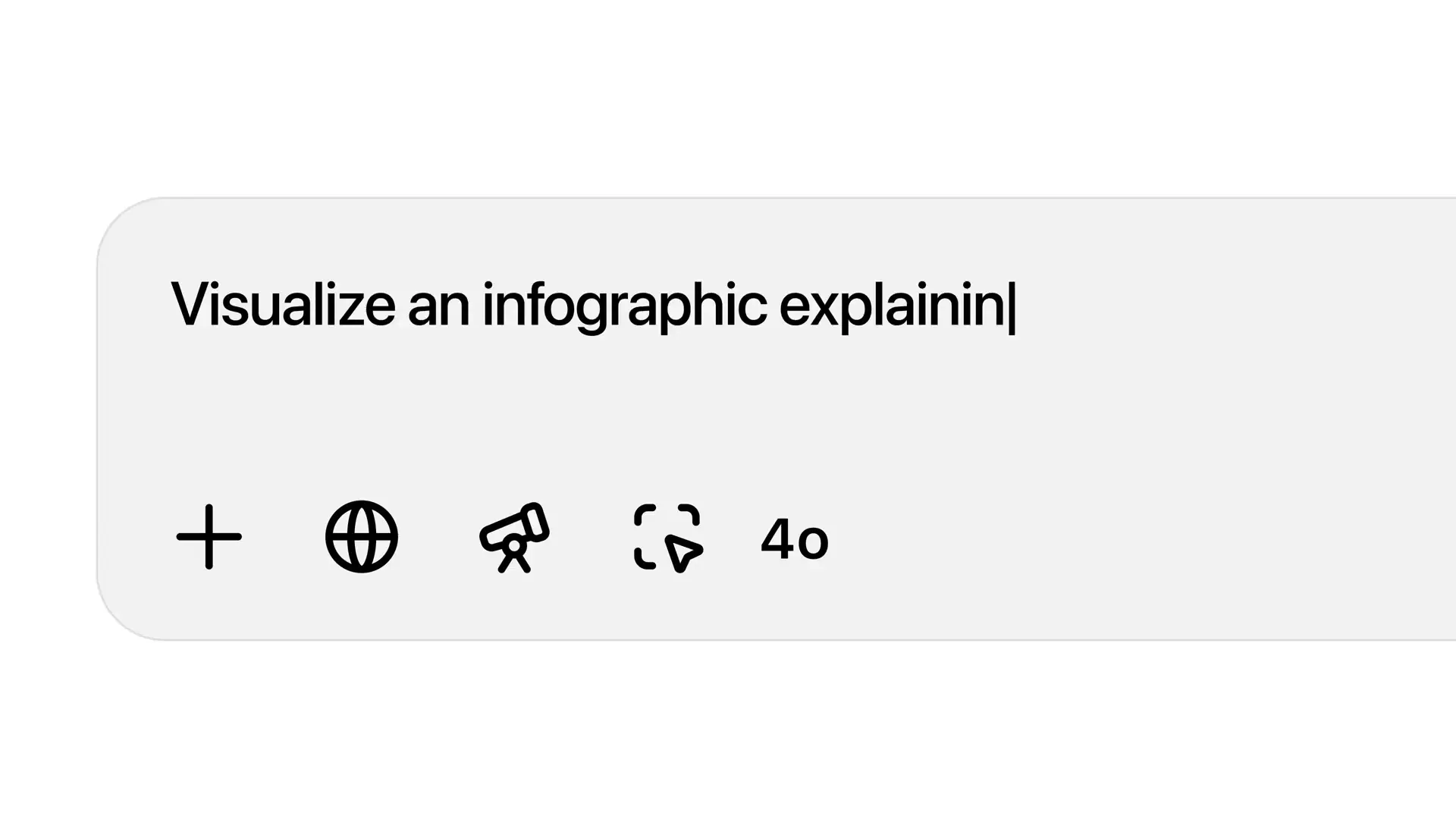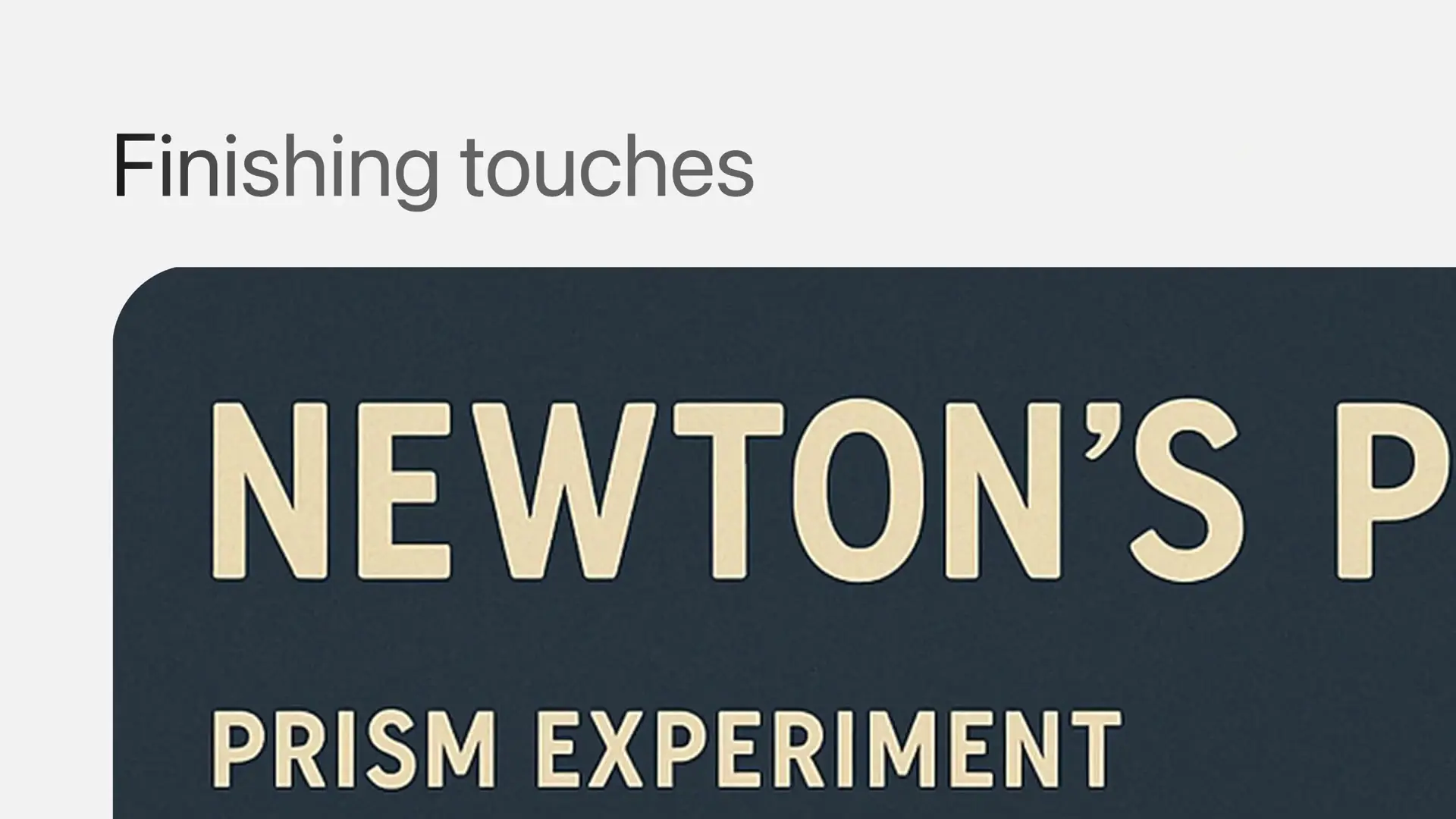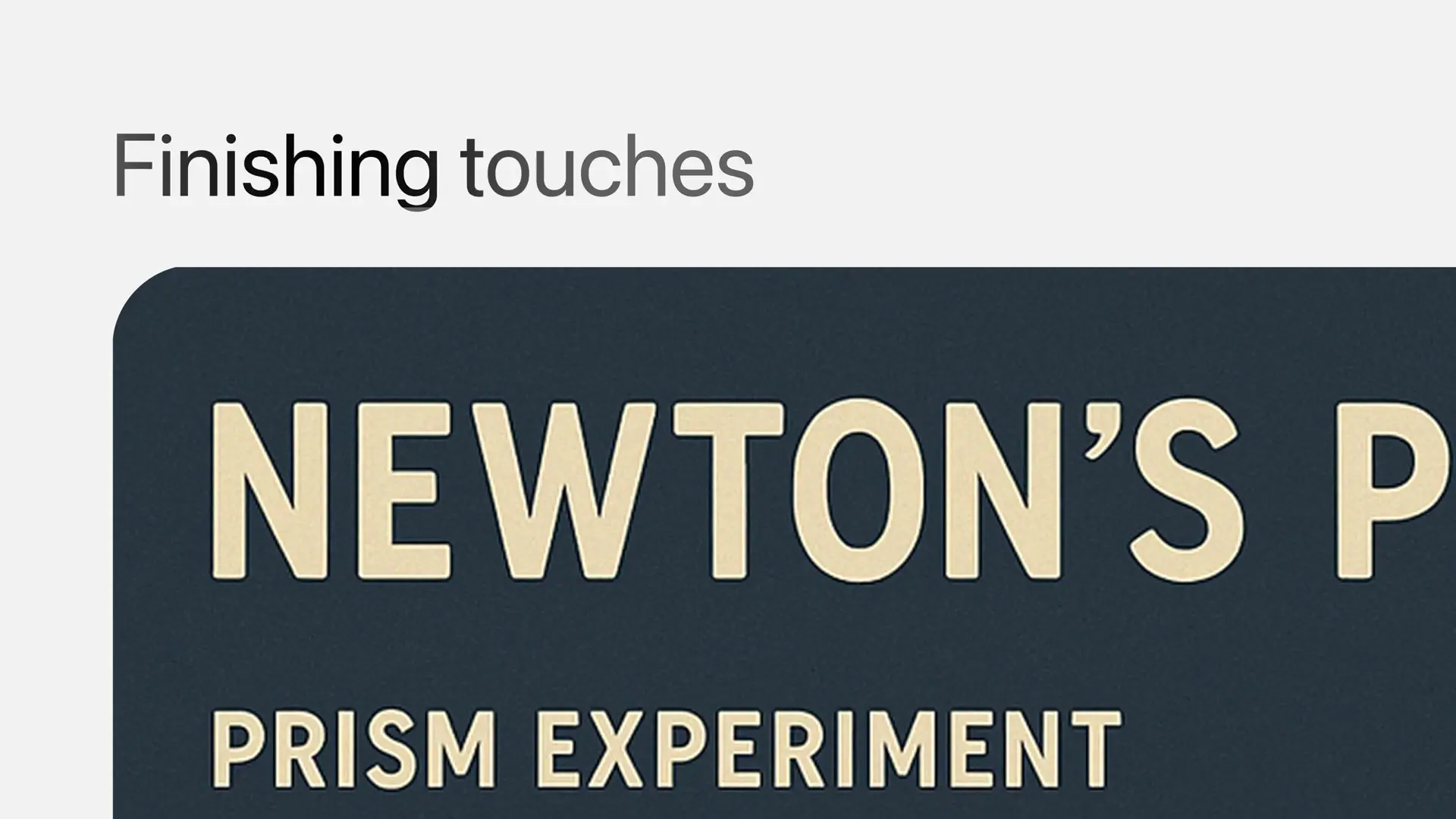
The intersection of language and visuals has always been powerful, but with the advent of text-to-image generation AI, we're witnessing a fundamental shift in how information can be communicated. As Alan, a research scientist at OpenAI notes, "People tend to say a picture is worth a thousand words, but being able to also render like a few words or symbols can carry like thousands of pictures." This powerful combination is opening new frontiers in visual communication, education, and content creation.
The Evolution of Text-to-Image Generation AI
Text-to-image generation AI has evolved significantly over the past few years. What began as simple models capable of creating basic visual representations has transformed into sophisticated systems that can interpret complex prompts and generate detailed, contextually relevant images with integrated text elements. This evolution represents a shift from purely aesthetic image creation to practical, communicative visual tools.
Modern text-to-image generation AI tools can now understand nuanced prompts and create visuals that combine informative text with explanatory elements. This capability extends beyond just making pretty pictures—it's about effective communication through the seamless integration of language and visuals.
Creating Educational Content with Text-to-Image AI
One of the most promising applications of text-to-image generation AI is in education. Complex concepts that might be difficult to grasp through text alone can be transformed into comprehensive visual explanations.

Consider a prompt like "visualize an infographic explaining Newton's prism experiment in great detail with a wide aspect ratio and a dark blue background." This simple request can generate a comprehensive visual aid that combines explanatory text with illustrative elements, making the concept more accessible to visual learners.
- Helps students understand complex scientific concepts through visual representation
- Combines textual explanations with relevant diagrams and illustrations
- Customizable to different learning styles and educational needs
- Creates consistent visual language across educational materials
The Power of Combining Text and Visual Elements
Text-to-image generation AI excels at creating visuals where text and images work together to convey meaning. This synergy is particularly valuable when explaining processes, experiments, or abstract concepts.

The ability to "render text in useful ways" and "combine it with visual elements" creates a powerful communication tool. The text provides explicit information while the visuals offer context, making complex information more digestible and memorable. This combination is particularly effective for technical documentation, educational materials, and informational content.
Grounding Abstract Concepts in Visual Reality
One of the most valuable aspects of text-to-image generation AI is its ability to ground abstract concepts in visual reality. When text describes a complex process or theory, accompanying visuals can provide concrete representations that help viewers understand what the text is explaining.

As noted in the research, these visual elements "actually ground what this text about this experiment even means." This grounding function helps bridge the gap between abstract description and concrete understanding, making text-to-image generation AI particularly valuable for explaining scientific concepts, technical processes, and theoretical frameworks.
Beyond Aesthetics: Communication and Imagination
Text-to-image generation AI has moved beyond simply creating visually appealing images. As the research highlights, "It's no longer just about making imaginary scenes that look aesthetic and things like that, but it's really about communicating and imagining." This shift represents a maturation of the technology from a novelty to a practical communication tool.
This evolution enables creators to focus on the communicative intent of their visuals rather than just their aesthetic appeal. The technology now serves as a bridge between imagination and communication, allowing users to visualize complex ideas and share them effectively with others.
Applications of Text-to-Image Generation AI
The practical applications of text-to-image generation AI are vast and continue to expand as the technology evolves. Here are some key areas where this technology is making a significant impact:
- Educational materials: Creating custom infographics, diagrams, and visual explanations for complex topics
- Technical documentation: Illustrating processes, systems, and workflows with integrated explanatory text
- Content marketing: Generating unique, branded visual content with embedded messaging
- Scientific communication: Visualizing experiments, data, and theoretical concepts in accessible formats
- Instructional design: Developing step-by-step visual guides with clear textual instructions
- Accessibility: Making complex information more accessible to visual learners and those with different learning styles
- Rapid prototyping: Quickly visualizing concepts before investing in professional design work
The Future of Text-to-Image Generation AI Tools
As text-to-image generation AI continues to evolve, we can expect several exciting developments in the near future. The technology is likely to become more precise in its interpretation of prompts, more accurate in rendering text elements, and more sophisticated in combining text and visuals in contextually appropriate ways.
We may also see increased specialization in text-to-image generation AI tools, with some focusing on specific domains like education, scientific visualization, or technical documentation. This specialization could lead to more powerful, domain-specific visual communication tools that understand the conventions and requirements of particular fields.
Additionally, as these tools become more accessible through free APIs and user-friendly interfaces, we'll likely see an explosion of creative applications across various industries and contexts. The democratization of visual communication through text-to-image generation AI has only just begun.
Getting Started with Text-to-Image Generation AI
If you're interested in exploring text-to-image generation AI for your own projects, there are several approaches you can take. Many platforms now offer text-to-image generation capabilities through their interfaces or APIs, with varying degrees of customization and control.
- Start with clear, detailed prompts that specify both the content and style you want
- Experiment with different prompt structures to understand how the AI interprets your requests
- Pay special attention to how you describe text elements you want included in the image
- Consider the layout, color scheme, and overall composition in your prompt
- Iterate on your prompts based on the results to refine your approach
Remember that effective prompts for educational or informational visuals often need to be more specific than those for purely aesthetic images. Include details about the information you want to convey, how text should be incorporated, and how visual elements should support the textual content.
Conclusion: The Transformative Potential of Text-to-Image AI
Text-to-image generation AI represents a significant advancement in how we create and consume visual information. By combining the precision of language with the impact of visuals, these tools enable more effective communication across a wide range of contexts and applications.
As the technology continues to mature, we can expect text-to-image generation AI to become an increasingly important tool for educators, communicators, designers, and content creators. The ability to quickly generate custom visuals that effectively communicate complex information will transform how we share knowledge and ideas in the digital age.
The evolution from purely aesthetic image generation to communication-focused visual creation marks an important shift in how we think about and use AI-generated imagery. As this technology becomes more sophisticated and accessible, it will continue to expand the possibilities for visual communication in ways we're only beginning to imagine.
Let's Watch!
7 Ways Text-to-Image Generation AI Is Revolutionizing Visual Communication
Ready to enhance your neural network?
Access our quantum knowledge cores and upgrade your programming abilities.
Initialize Training Sequence